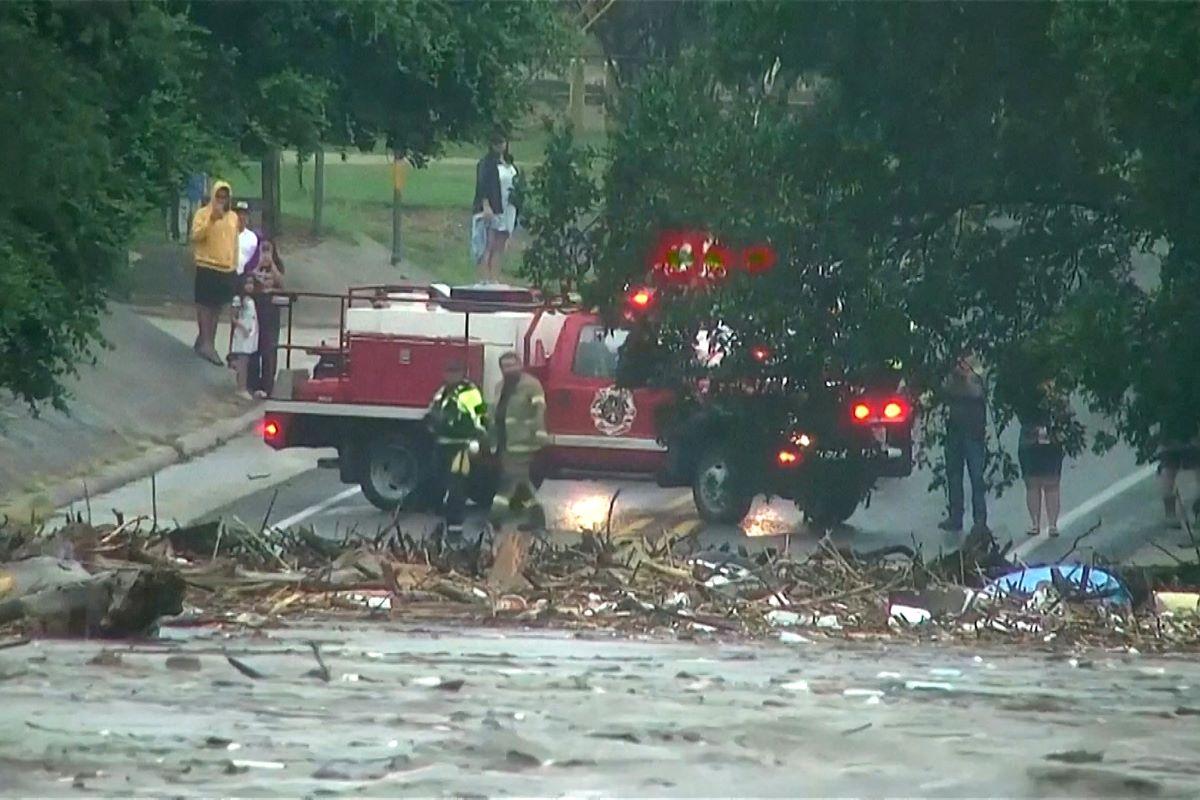KATHMANDU, July 4: Sahadev Humagain, coordinator of the government-formed Locusts Prevention and Management Taskforce said that there is a slim chance for the new locust swarm to enter Nepal unless the direction and speed of the wind change dramatically.
Attending a meeting of the Agriculture, Cooperatives and Natural Resources Committee under the House of Representatives on Friday afternoon, Humagain, who is also the chief at the Plant Quarantine and Pesticides Management Center, said that new locust swarm is unlikely to enter Nepal as the direction of the wind from the Indian state of Rajasthan has moved toward south. According to him, the swarm which was in Itahawa of India moved toward the Indian state of Madhya Pradesh on Friday which means the insects’ entry into Nepal is almost impossible. “Itahawa lies 500 kilometer away from Nepal’s Bhairahawa. However, the distance increased to 737 km when the swarm headed to south,” sadi Humagain, adding that the new swarm is less likely to make it to Nepal until and unless the monsoon wind changes its direction dramatically.
Authorities warn another locust swarm may enter Nepal

Responding to the questions raised by the lawmakers of the lower house, he also said that there is a problem in applying chemical pesticides in a bid to contain the locusts as most fields in Nepal lie near human settlements. “Although it is not recommended right now, four to five types of pesticides are kept ready as the ultimate solution to this problem.”
Humagain claimed that almost 6.5 million locusts have entered Nepal which can be easily driven away by creating noise. “As they can’t lay eggs, their reproduction is unlikely,” he said.
Also speaking at the meeting, Rajendra Prasad Bhari, secretary at the Ministry of Agriculture and Livestock Development, said that locusts have caused harm in ten districts although they had reached most of the districts by July 1. After their entry into Nepal via Rupandehi from India on June 26, they reached as far as Bara, Parsa, Sarlhai, Makwanpur, Sindhuli and Palpa on the first day. They reached Arghakhanchi, Pyuthan, Kailali, Kanchanpur, Baitadi and Achham on the fifth day. By July 1, they had destroyed crops in 500 hectares in Dang, 283 in Pyuthan, 100 hectares in Arghakhanchi and 105 in Makwanpur.
Reminding the earlier claims made by experts and ministry on the rare possibility of locusts’ entry into Nepal, lawmakers suggested to the ministry concerned to expedite preparations to contain their spread in Nepal. They also said that farmers should be advised appropriate measures against the harmful insects other than hitting the utensils and playing music. According to them, the ministry should come up with practical and effective measures so that paddy and maize crops can be protected from these insects.
































